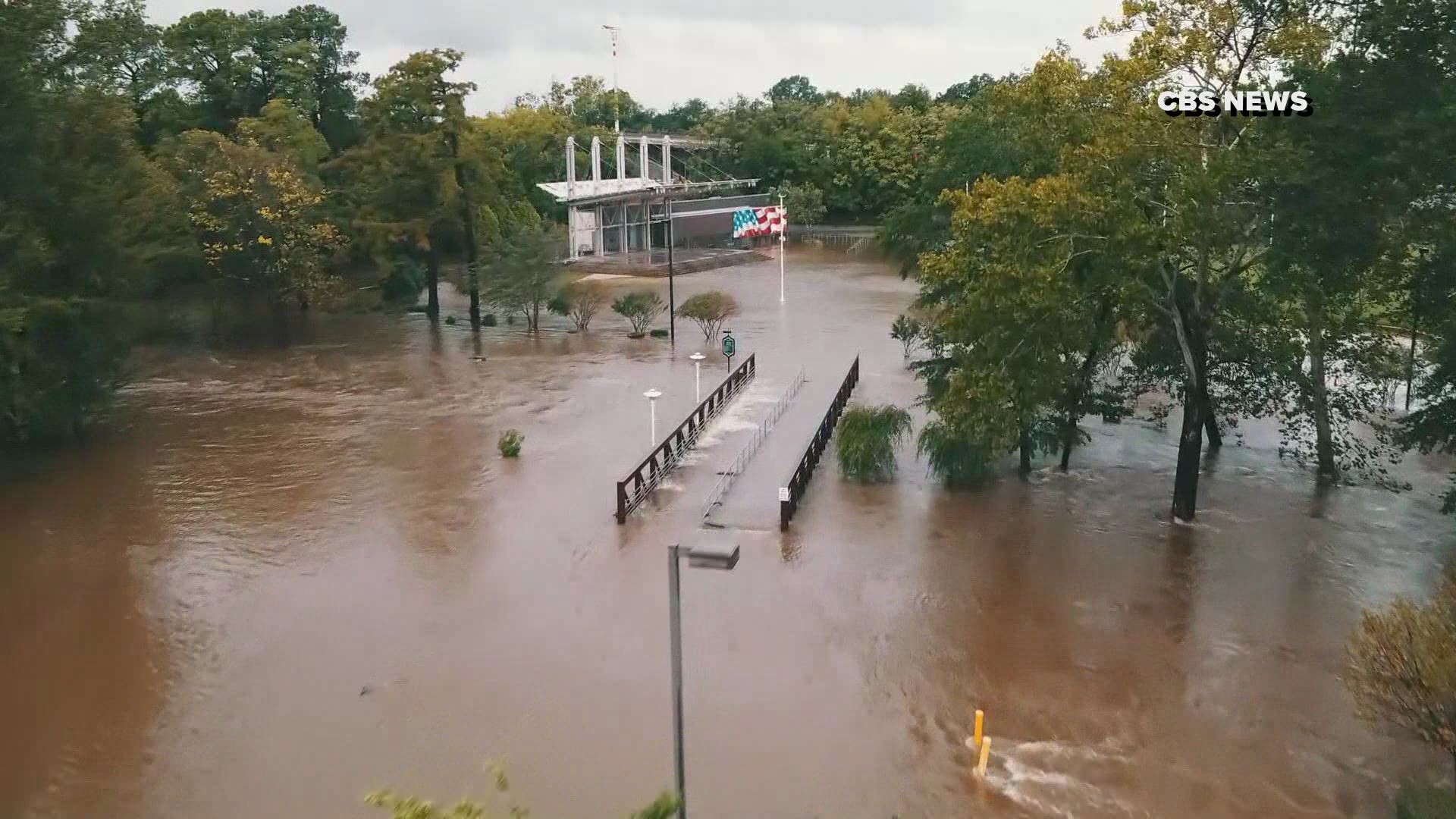AUSTIN — No matter the season, there are tremendous hazards that encircle a life-changing storm.
Blizzards bring about closures, snarled roadways, blanketing visibility problems, and power outages.
Droughts and heat waves ignite skyrocketing energy costs in an urban area, costly damages to crops and farms, perilous heat-related illnesses, and downright oppressive outdoor conditions.
However, it's the effects of a hurricane or tropical storm that can completely uproot hundreds -- if not thousands -- of people in not just minutes like tornadoes, but hours and days.
The aftereffects involve hundreds and affect thousands locally, regionally, and nationally. The latter of those can be felt in the event of public transportation delays and cancellations, such as trains and airlines.
Near the foundation of Maslow's Hierarchy of Needs, it is clear to see that both our physiological and needs for safety are compromised because of these freaks of nature. But what is it about these compromising situations that truly rocks our abilities to be mobile and feel secure? It is the lack of shelter and clean water.
Underneath the surface of flood waters can be an abundance of danger: both living and non-living. The Environmental Protection Agency requests that everyone limit their exposure to flood waters. The agency states that flood waters may have high levels of raw sewage from both humans and animals embedded in the waters. In addition to that, many plants, factories, and farms may be overrun with flood waters, and some of those can leak toxic materials into the water, such as an oil refinery or nuclear plant. These issues can affect water mains, well water, and lines that can bring contaminated water into dry homes that may not even be flooded.
Unwanted animals may be lurking underneath the waters as well: crocodiles, snakes, fire ants, and even, if you're along a coastline, sharks.
On top of that, mold and standing water can both lead to unwanted visitors inside your home. Mosquitoes and insects tend to live, breed, and thrive in standing water, and mold growth can spike in the event of moisture. Getting rid of standing water near your home, in gutters, old tires, plastic covers tarps, pools, and buckets can certainly help.
While we can't totally alleviate the effects of flooding during severe weather, developing a flood plan for your family can help out.
Create a barrier of protection for areas that can be inundated with floodwaters, by way of perhaps sandbags. Additionally, secure food and water for your family in the event that clean, drinking water is scarce.
Officials urge storing in a cool place, at least 3 days of water for each individual person. Do not use or drink contaminated water for anything: brushing your teeth, washing dishes, making ice, or preparing food.
After the Storm, keep older and younger people with sensitive immune systems out of the home until after the cleanup.
Use durable and proper gloves for the cleanup and wear the right gear.
Remove and discard things that cannot be washed, cleaned and restored. Thoroughly clean surfaces with hot water and laundry or dish detergent.
Remove and discard any areas in your home damaged by floodwaters and that might incur mold agents. Help the drying process by using fans, air conditioning units, and dehumidifiers.

